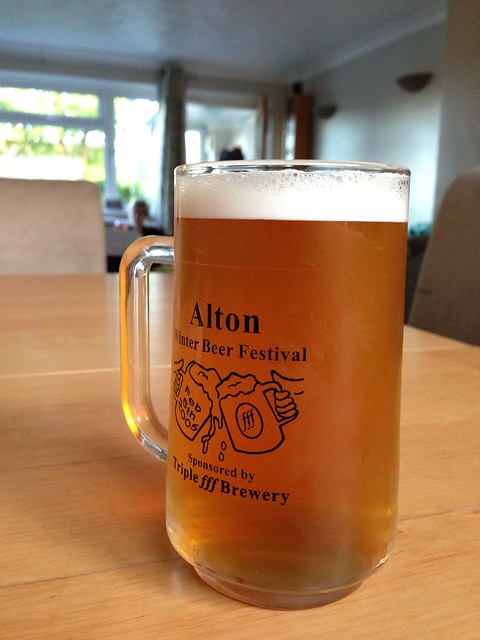Dissolving the sugar in boiling water will kill nasties. But I don't think I ever did this; I just threw the sugar in.
Force pressurising a plastic keg with a Hambleton Bard type CO2 cylinder would be a pain in the neck, and expensive.
When you inject CO2, you are not injecting it into the beer; the beer slowly absorbs it from the high pressure layer of CO2 sitting above it. It could take weeks to get carbonation from the low pressures that plastic kegs allow.
Technically you could carbonate in a plastic keg by adding CO2, but here's why nobody does.... 40 pints of liquid absorbs a lot of CO2. I think most people choose to use sugar because it's almost free. Also, the CO2 absorbs quite quickly, so you'd get bored having to inject so regularly (needed to maintain the head pressure). You'd probably lose quite a lot of CO2 through the keg release valve also, as it would be quite difficult to know when to stop adding CO2, and because you'd need to be quite close to release pressure, you are sure to lose a fair pecentage of injected CO2. So people just add sugar for initial carbonation, and use the CO2 bottle when the pressure starts to drop.
Force carbonation is possible in stainless steel Cornie kegs. I have Cornie kegs and force carbonate just like you say, no sugar needed. But there is a big difference as I bought a large 5kg cylinder, so the CO2 is relatively cheap. I also have a pressure regulator that adds more CO2 as needed. The Cornie takes much higher pressure, so it's much easier to force the CO2 in, taking only a few days. If you want to force carbonate, you need something like a Cornie.





